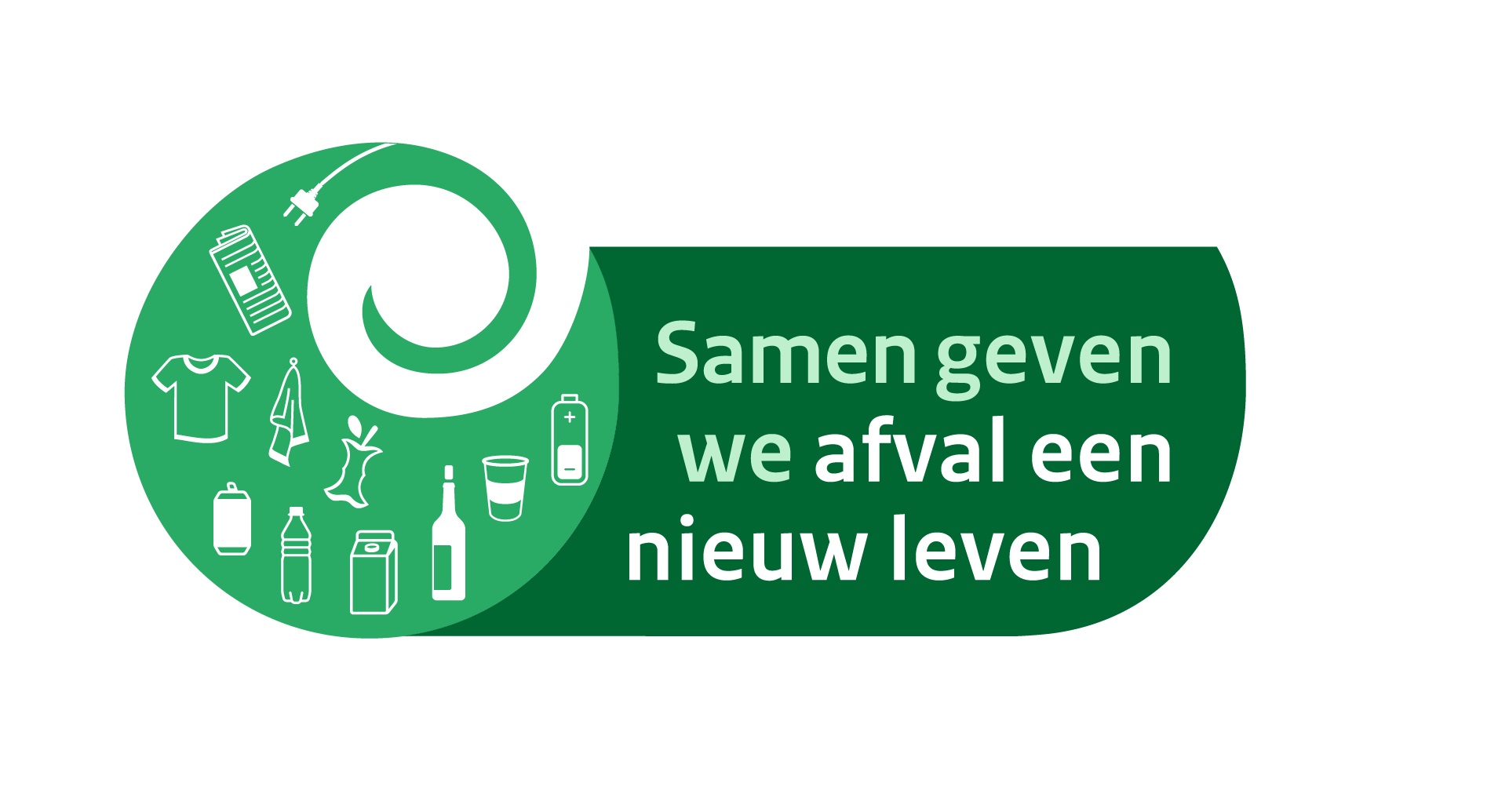Everything in the right container. For the reuse of materials as raw materials, it is important that no contamination is added. Then the quality of the material remains as good as possible and it can be recycled. For this reason, many materials are collected separately, separated from residual waste. The main rule for separation at home is: clean and/or dry.
- Only vegetable, fruit and other food waste and garden waste may be put in the GFT container.
- Only glass bottles and jars are allowed in the glass container (packaging glass).
- Only clean and dry paper and cardboard may be put in the paper container.
- Only (empty) plastic and metal (cans) packaging and beverage cartons are allowed in the pmd.
- Only textiles are allowed in the textile container.
This sounds logical, but a lot of contamination is still found in the containers for these material streams. Plastic in the waste paper or GFT, for example, is very bad for the environment. By separating neatly, the sorting and recycling process runs efficiently. Little pollution then needs to be removed from the material stream before the material can be used again as a secondary raw material in a production process. And sorting costs remain limited, so separate collection also remains financially worthwhile. Because VGF, PMD and paper contaminated with, for instance, plastic or residual waste cannot be recycled for reuse. As a resident, you then pay for processing as waste but do not get any yield from the raw materials. Those who do not separate or separate badly are therefore driving up costs for themselves and their neighbours.
By separating waste properly and cleanly, we together - residents, municipalities and Waardlanden - keep waste processing costs manageable. And we work together towards a beautiful, valuable living environment.











